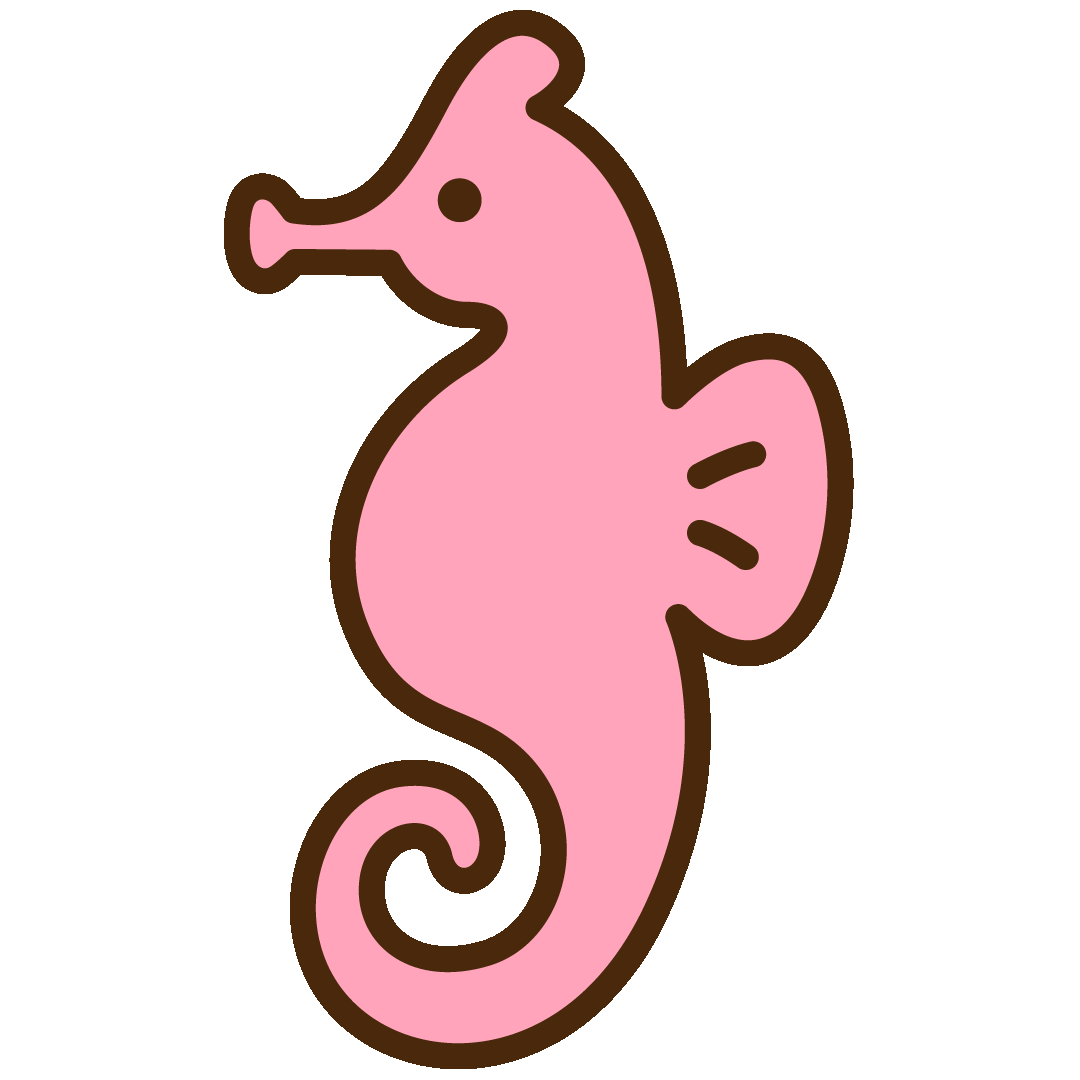Lesson Designs
Reading to Learn Design

Swimming into Summarization
Rationale. Summarization can help students understand the text they are reading. To help them summarize larger texts, students can use the about-point method. To use this method, students ask themselves two questions after reading the text:
-
What is the main text about?
-
What is the main point the author is making about that topic?
The first question helps identity the subject of the topic sentence. The second question requires analyzation of multiple points throughout the text, so readers need to find an umbrella term that identifies all of the main points of the passage.
Materials.
-
Pencils
-
Paper
-
Copies of Seahorse article
-
Summarization Checklist for teacher
-
Comprehension Quiz
Procedures.
-
Say: Summarizing is when we recognize the important points an author makes in a text, like a book or article, and leave behind information that isn’t as important. It can be hard to remember everything that is important when your read, so today we are going to learn about summarization. We will practice summarization by reading an article and picking out the main points the author is making. Then, we will write them down in sentences to help us remember them.
-
Say: We are going to summarize our text using the about-point method, by asking ourselves two questions after reading the article: what is the text about and what is the main point the author is trying to make? To answer the second question, we will need to think of a umbrella term, or a big category, to combine all of the important points we found.
-
Say: We are going to practice the about-point method using an article about seahorses! Does anyone have something cool they want to share about seahorses? [Have students comment or explain]. I know that seahorses live in the ocean, are really small, and have curly tails. In this article, we get to learn even more about seahorses and how they live in the ocean! [Pass out article to each student].
-
Say: Before we read, we are going to talk about an unfamiliar word that our article will mention. This word is vegetation. Vegetation is another word for plant life, or when plants are collectively grown. For example, rabbits like to eat many kinds of vegetation. Where else might you see the word vegetation? Finish this sentence: Horses like to eat many kinds of vegetation, like… [Call on a student to answer and explain].
-
Say: Now let’s read a paragraph from the article about seahorses!
“You’ll find seahorses in the world’s tropical and temperate coastal waters, swimming upright among seaweed and other plants. Seahorses use their dorsal fins (back fins) to propel slowly forward. To move up and down, seahorses adjust the volume of air in their swim bladders, which is an air pocket inside their bodies.”
Say: This paragraph is about seahorses and how they live. What are some of the main points the author made in this paragraph? The author discusses that seahorses live in tropical and temperate waters, among plants, and swim using their dorsal fins to propel forward and their swim bladders to move up and down.
-
Say: Now it’s your turn to use the about-point method using this paragraph from the article:
“Tiny, spiny plates cover seahorses' bodies all the way down to their curled, flexible tails. The tail can grasp objects, helpful when seahorses want to anchor themselves to vegetation.”
Say: What is this paragraph telling us? Seahorses’ bodies have tiny, spiny plates and curled flexible tails. They can grasp objects, which is helpful if they want to anchor onto plants. What points is the author making? Yes, seahorses have rigid bodies and flexible tails. They can latch onto vegetation. How can we combine these points? [Have students respond]. Right, seahorses have flexible tails that help them anchor to vegetation.
-
Say: Now I want you to finish the article on your own and use the about-point method to make a topic sentence for the last paragraph. When you are finished, you should have the whole article summarized! This will help you remember the important facts about seahorses. Remember to only pick out the main points to create your sentences. The purpose of summarization is to pick out the key information and put it into sentences to be able to remember what you read easily.
Assessment. Collect each student’s summary of the article and evaluate their summarization using this Summarization Assessment Checklist:
___ Collect important information
___ Ignored trivia and examples in summary
___ Significantly reduced the text from the original
___ Sentences brought ideas together from each paragraph
___ Sentences organized coherently into essay form
Comprehension Quiz:
-
Where do seahorses live?
-
How do seahorses anchor to plants?
-
How do seahorses carry their eggs?
-
How long does it take for seahorses to hatch?
-
What do baby seahorses do after they hatch?
References.
National Geographic Kids, Seahorses
https://kids.nationalgeographic.com/animals/fish/facts/seahorse
Bruce Murray, The Reading Genie
https://murraba.wixsite.com/readinglessons/reading-to-learn
Cassidy Ray, “Sliding into Summarization”
https://sites.google.com/view/ms-ray-reading-lessons/reading-to-learn



